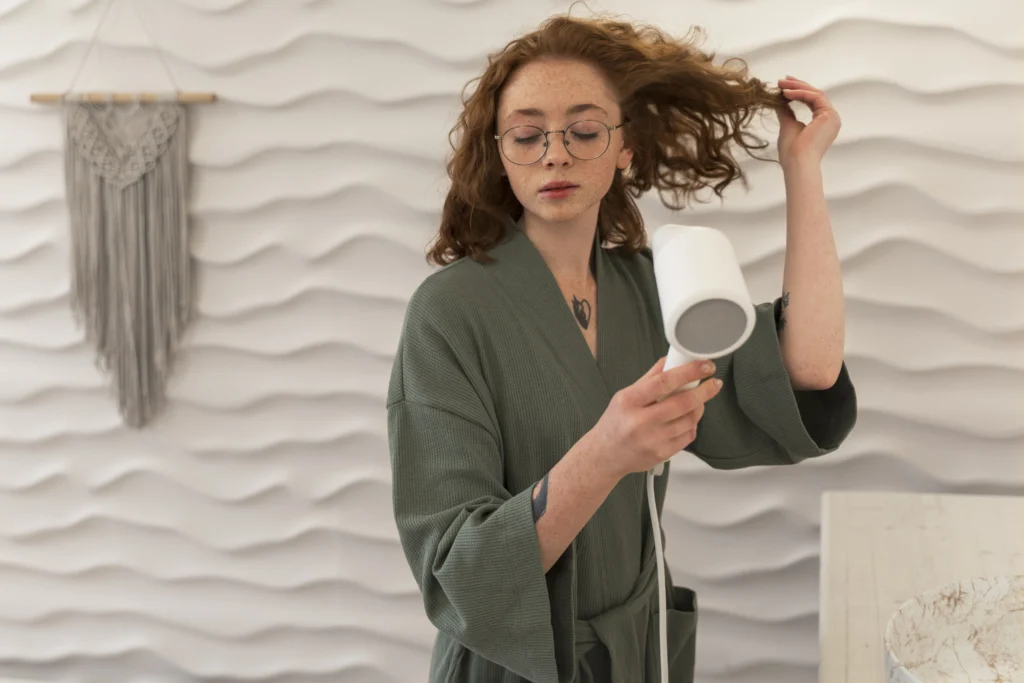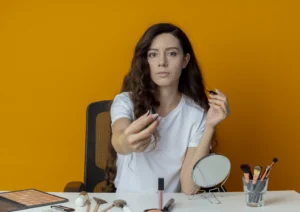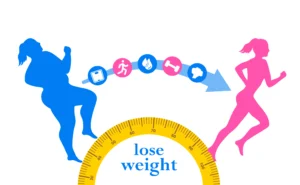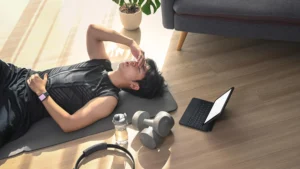Transitioning to Natural Hair – What To Do When You’re Ready For Natural Hair

In a society obsessed with image, a lot of people want to look like something other than how they were born. Plastic surgery, body shaping under garments, over done make up, etc. However, the most manipulated part of our body is our hair. If it’s short, we want it long. If it’s curly, we want it straight. People with straight hair want curly hair. People with thin hair long for thick tresses. And those tackling thick locks of hair have a stylist thin it with thinning shears.
This is especially true in the African-American community, where an entire industry emerged from women straightening their hair and products to treat and style it after it’s been straightened. So much so that up until about 5 years ago, finding products that catered to kinky hair was almost impossible. What does a relaxer do to the hair? It chemically breaks the bonds in the hair follicle, eliminating the natural curl pattern. This not only damages the hair itself but the chemicals used can damaged scalp and skin. For years, African-American women have endured all kinds of medical issues associated with the chemicals in relaxer in efforts to straighten their hair, chemical induce alopecia, tension alopecia, chemical burns, just to name a few.
There has been a shift in the beauty industry. More and more products are available for women who do not chemically straighten their hair. Why is that? Because the number of women deciding to transition from relaxing their hair to wearing it in its natural state has grown exponentially.
Transitioning to natural does not mean that you have you wear an afro. Hair care and styling products have come so far that a relaxer is not required to straighten hair. The advantages to not having a relaxer allows for healthy hair that is very versatile range of styling.
Here are a few tips to help you along your journey to transitioning from natural hair.
1. Embrace your hair at each phase of the transition.
If you decide to cut all the relaxed hair off and start from a short cut, embrace your hair at each length as it grows out. This is a good way to experiment with products to see what works best with your hair texture. If you decide to let the relaxer grow out and cut the relaxed ends off gradually, this is challenging. You will need a professional stylist. You will have two different hair textures to care for and style. Protective styles that do not requiring combing or manipulating will cut hair breakage while you let your relaxed hair grow out.
2. Moisture is key.
When people think their hair is too kinky and unmanageable without a relaxer, it’s usually because their hair is dry. Dry hair leads to breakage. Experiment with products that allow you to have the style you like while maintaining plenty of moisture. Stay away from products with drying agents in it, like alcohol and sulfates.
3. It’s all in your mind.
It will be challenging to think differently about how you style your hair. Transitioning as an adult is difficult when you’ve had relaxed hair for as long as you can remember. It is just a matter of thinking differently. You will be happy with your decision once you make it through the process.
Kudos to those embracing their natural hair texture. Embrace your hair at phases of the transition and seek assistance from a professional stylist. Make sure your hair has enough moisture. Be open-minded about the process of styling your hair without a relaxer.







